Documentation Hub
Comprehensive technical manuals and guides to help you master HARSLE machines and optimize your metalworking efficiency
Single-Head vs Double-Head Tube Benders: Which Fits Your Shop?
Single-Head vs Double-Head Tube Benders play a crucial role in modern tube fabrication, directly impacting production efficiency, cost, and overall precision. Many manufacturers often struggle to decide which type is best suited for their workshop, especially when trying to balance flexibility with productivity. In this article, I’ll walk you through the key differences between single-head and double-head tube benders, explain how each system operates, and help you determine which model aligns best with your production goals. Whether you’re setting up a new facility or planning an equipment upgrade, this guide will help you make a smart and confident investment.
Understanding Single-Head Tube Benders
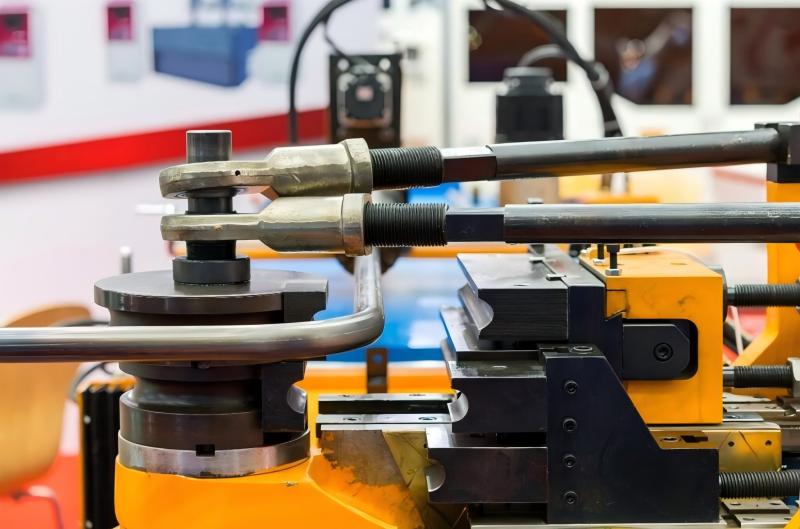
Single-head tube benders are the most common type used in small to medium workshops. They are ideal for bending one end of a tube at a time and provide excellent flexibility for various shapes and materials.
Key Features and Applications
A single-head tube bender typically includes a bending head that performs a single bend per cycle. This type of machine can handle complex tube shapes through multiple sequential operations. It’s perfect for custom work, prototype production, or low-volume batches where versatility and precision are essential.
Single-head benders are commonly used in industries like automotive, furniture, and HVAC manufacturing, where operators need to frequently change tube diameters or bending angles.
Advantages of Single-Head Tube Benders
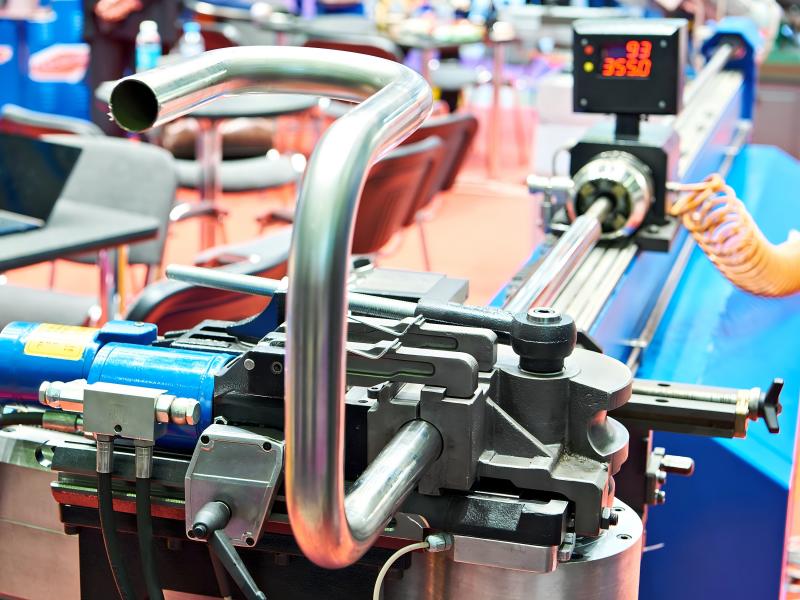
- Flexibility: Easily adaptable for various bend angles and radii.
- Lower Investment: More affordable for workshops with limited budgets.
- Compact Design: Requires less floor space, ideal for smaller production areas.
- Ease of Operation: Simple setup and programming, suitable for operators with general skills.
Limitations
Because it performs one bend at a time, a single-head tube bender has slower cycle times compared to multi-head systems. For mass production or symmetrical parts, this can limit throughput and efficiency.
Exploring Double-Head Tube Benders
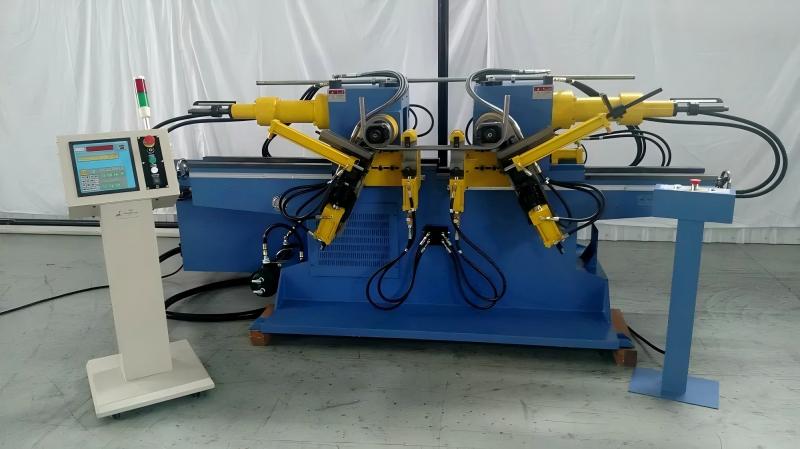
A double-head tube bender is designed for high-volume and symmetrical bending operations, allowing simultaneous bends at both ends of the tube. This setup is ideal for producing components that require mirrored bends or high consistency between parts.
Key Features and Applications
Double-head machines feature two synchronized bending heads that can work in unison. They are often equipped with servo-driven controls and advanced software for multi-radius bending. These machines are widely used in industries like automotive exhaust systems, furniture frames, and construction scaffolding, where symmetrical tubes are frequently required.
Advantages of Double-Head Tube Benders
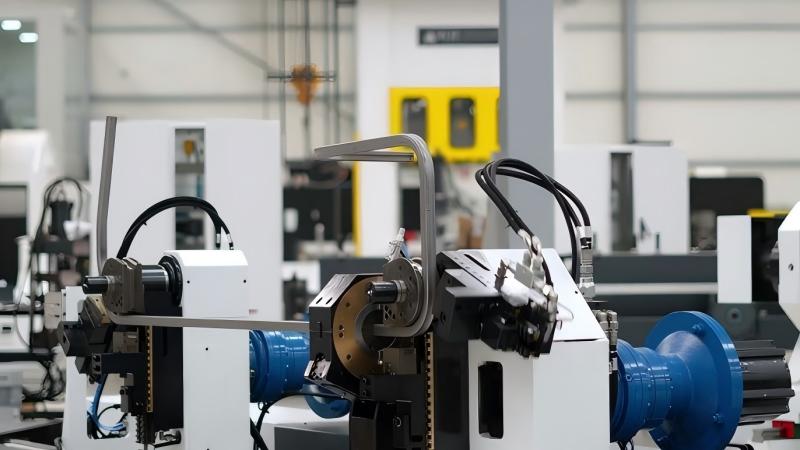
- High Productivity: Simultaneous bending significantly reduces cycle time.
- Consistency: Produces highly accurate and mirrored bends on both ends.
- Automation Options: Compatible with robotic loading and unloading systems.
- Reduced Labor Costs: One operator can manage multiple bends in fewer steps.
Limitations
While highly efficient, double-head tube benders are more expensive and require larger workspace and higher technical expertise to operate. They are best suited for large-scale manufacturers or production lines with standardized parts.
Single-Head vs Double-Head Tube Benders: Comparison Overview
| Feature | Single-Head Tube Bender | Double-Head Tube Bender |
|---|---|---|
| Operation Mode | One bend per cycle | Two bends per cycle |
| Productivity | Medium | High |
| Precision | High for individual bends | Excellent for symmetrical bends |
| Flexibility | Very versatile | Optimized for specific applications |
| Cost | Lower | Higher |
| Space Requirement | Compact | Larger footprint |
Common Applications of Each Type
Single-Head Tube Benders Applications
- Furniture frames and handles
- Automotive seat structures
- Handrails and decorative metalwork
- Prototyping and low-volume production
Double-Head Tube Benders Applications
- Automotive exhaust systems
- HVAC and hydraulic lines
- Bicycle and motorcycle frames
- Aerospace and precision tubing assemblies
How to Choose the Right Tube Bender for Your Workshop
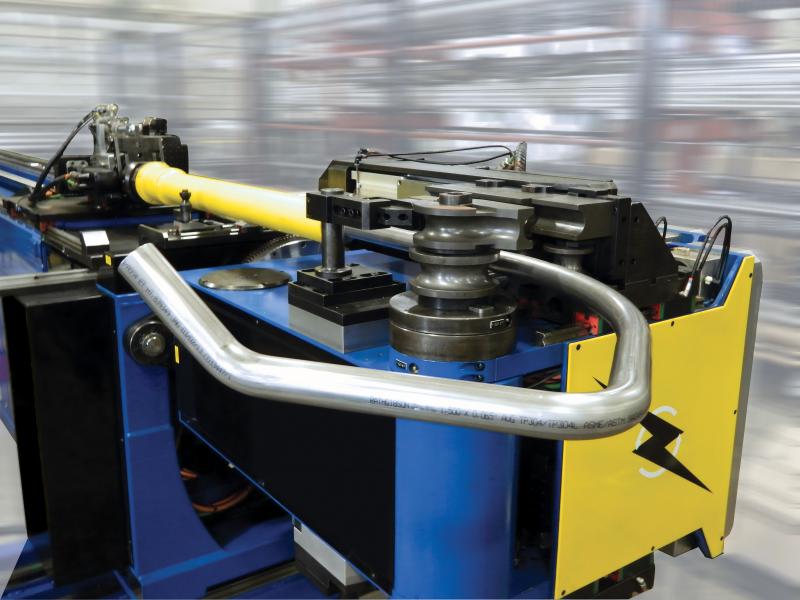
1. Evaluate Your Production Volume
If you frequently produce high volumes of symmetrical or identical parts, a double-head tube bender will maximize efficiency. However, if your production involves custom shapes or small batches, a single-head model offers more flexibility and lower costs.
2. Consider Space and Budget
Single-head benders are compact and cost-effective, while double-head benders demand more space and investment. Assess your workshop layout and production needs before making a purchase.
3. Analyze Your Product Type
If your parts require bends on both ends of a tube with tight tolerances, a double-head bender will ensure consistency. For irregular or complex shapes, a single-head bender allows easier control over each bend sequence.
FAQs
What industries commonly use single-head tube benders?
Single-head tube benders are popular in industries such as HVAC, furniture manufacturing, and custom metal fabrication where flexibility and accuracy are prioritized over speed.
Can a single-head bender achieve the same precision as a double-head model?
Yes, both can achieve high precision. However, double-head machines excel in maintaining identical angles and symmetry on both sides of the tube.
Are double-head tube benders difficult to operate?
Modern double-head tube benders feature CNC control systems that simplify programming. While they require initial training, operation becomes straightforward with experience.
Which type of bender is better for small workshops?
A single-head tube bender is usually the best choice for smaller workshops due to its compact size, lower cost, and versatile operation.
How do I know if upgrading to a double-head bender is worth it?
If your production volume has increased and you frequently bend symmetrical parts, upgrading to a double-head system will improve efficiency and reduce labor costs in the long run.
Conclusion
Choosing between Single-Head vs Double-Head Tube Benders depend on your workshop’s production scale, budget, and product type. A single-head model provides flexibility, affordability, and ease of use for varied projects, while a double-head bender delivers unmatched efficiency and precision for symmetrical, high-volume work.
If you’re unsure which model fits your specific needs, contact HARSLE’s technical team for personalized recommendations and professional support. Our experts can help you select the perfect tube bending solution to enhance your production efficiency and long-term profitability













